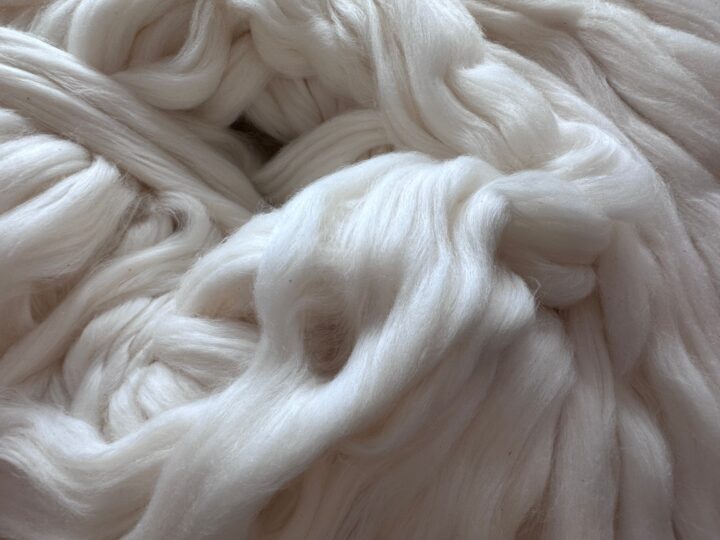Prevent Buckling
When a living system undergoes compression to the extent that it causes structural damage, it results in buckling. For example, if a person pushes down on the top or the side of a paper cup, the cup’s wall will eventually give way, or buckle. Although a living system could add material to strengthen a structure, this requires expending precious energy. Instead, it must use energy and materials conservatively to avoid buckling, strengthening structures through careful placement of materials to resist, absorb, or deflect compressive forces. For example, instead of one long, tubular stem, some plants like bamboo have stronger nodes scattered along their stems. When compressed, these nodes keep the round stems from taking on an oval shape that weakens the structure and could result in buckling.
Manage Tension
When a living system is under tension, it means there is a force pulling on it, like a person pulling on a rope tied to a horse. When applied to a living system, unless the system is completely rigid, the result is that it gets stretched. If stretching exceeds the strength of the living system’s material, it can damage it. Living systems manage tension using materials that are flexible and stretchable enough to survive most tension that occurs in their environment. The ocean’s intertidal zone offers a good example. The waves and incoming and outgoing tides put tension on soft-bodied organisms. Mussels resist tension with flexible threads that hold them onto rocks; in contrast, large algae have stretchy fronds.
Manage Impact
An impact is a high force or mechanical shock that happens over a short period of time, such as a hammer hitting a nail rather than a hand pushing slowly against a wall. Because of their speed and force, impacts don’t allow materials to slowly adjust to the force, which can lead to cracks, ruptures, and complete breakage. Therefore, living systems have strategies that can absorb, dissipate, or otherwise survive that force without the need to add large amounts of material. For example, the Toco toucan’s large beak is very lightweight, yet can withstand impacts because it’s made of a composite material with rigid foam inside and layers of a hard, fibrous material outside.
Attach Temporarily
Living systems must sometimes, temporarily, stay in one place, climb or otherwise move around, or hold things together. This entails attaching temporarily with the ability to release, which minimizes energy and material use. Some living systems repeatedly attach, detach, and reattach for an extended time, such as over their lifetimes. Despite being temporary, these attachments must withstand physical and other forces until they have achieved their purpose. Therefore, living systems have adapted attachment mechanisms optimized for the amount of time or number of times they must be used. An example is the gecko, which climbs walls by attaching its toes for less than a second. Other examples include insects that attach their eggs to a leaf until they hatch, and insects whose wings temporarily attach during flight but separate after landing.
Attach Permanently
A living system can conserve energy by attaching permanently to a particular site because it can take advantage of resources that come its way, rather than expending energy to move to resources. A permanent attachment, intended to last the lifetime of the living system, creates special challenges. For example, physical mechanisms, such as the anchor that holds a marine algae to the ocean’s bottom, must be able to withstand forces that can pull it off its substrate. Chemical mechanisms, such as a barnacle’s glue, must avoid both physical and chemical breakdown, such as being dissolved by water.







